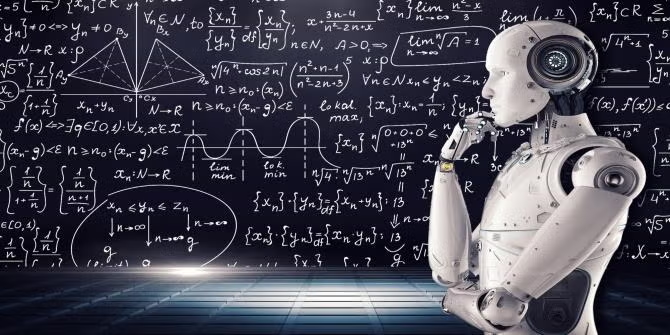
The Science and Business of Life Expectancy: Part 3 - The Probabilities of Life, Continued
by Jennifer Cooke
Students will orient to the varied rates of death that depend on age. They will learn how to check for conditions of valid sampling designs that let them use the Normal curve for modeling their sample. Students wrap up with an assignment to sample their families using the 4 life expectancy factors discovered in earlier lessons.
This lesson is calculator heavy. Best practice is for you to complete calculations first and be fluent on the TI-84 Plus. By the end of this lesson, students will:
Know and create an expected value model for life insurance
Learn why small samples can produce results that generalize an entire population
Be ready to sample your family for life expectancy factors in a way that conforms to valid sampling methods
Lesson Plan Link/URL
https://docs.google.com/presentation/d/1XP5tbDsZ2XZdlnQQ757bUqF8pHi81DsU/edit?u…Subject Area
Science Life Science L3: Genetics & Heredity Technology Mathematics Statistics and Probability (SP) Algebra (A) English Language Arts (ELA) Speaking & Listening
Featured
Off
Related Content

Grades:
10th Grade, 11th Grade, 12th Grade
This lesson has students create a unique graphical visual of the components of blood within a vial. These components of blood are then researched and used as a control for accomplishing two

Grades:
7th Grade, 8th Grade, 9th Grade, 10th Grade, 11th Grade, 12th Grade
Students will combine science and art by using an alternative photographic process called cyanotypes or sun prints. After a short introduction to the history of cyanotypes and the process of creating


